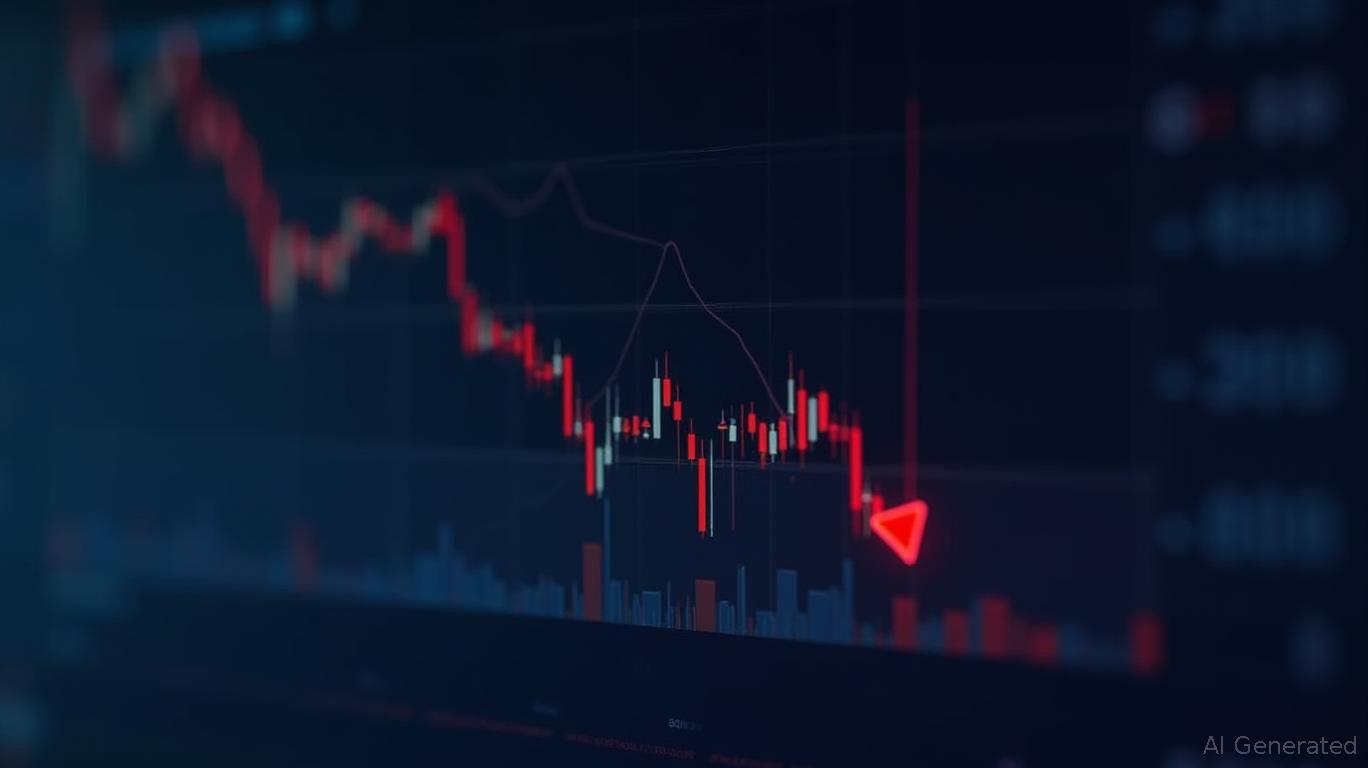Alight, Inc. (ALIT): A Dividend Mirage in a Declining Business?
Investors drawn to
, Inc. (ALIT) for its dividend yield may be chasing smoke. While the company initiated a $0.04-per-share dividend in late 2024, the payout masks a deteriorating business model. Declining revenues, persistent net losses, and a ROIC (return on invested capital) that's among the lowest in its sector raise serious doubts about dividend sustainability.
Revenue in Free Fall
Alight's top line has been shrinking for years. In 2024, revenue dropped 2.3% to $2.33 billion, driven by declining project revenue and the shutdown of its Hosted business. Even recurring revenue—a stabilizing factor—now accounts for just 91.6% of sales, down from prior years. With no clear growth engine, investors face a company stuck in reverse.
Net Losses and a Fragile Payout
Despite narrowing its net loss to $140 million in 2024 from $317 million in 2023, Alight's earnings remain volatile. The dividend payout ratio for 2024—calculated as $0.04 in dividends divided by $0.48 in adjusted EPS—appears manageable at 8%. But this ignores two critical flaws:
1. Quarterly EPS swings: In Q4 2024, EPS dipped to $0.10, pushing the payout ratio to 40% for that quarter.
2. Adjusted metrics vs. reality: The $0.48 EPS excludes non-recurring items like transition services gains. Strip those out, and earnings are even weaker.
Historical performance analysis reveals that a strategy of buying ALIT on earnings announcement days and holding for 20 trading days since 2020 would have resulted in a -34.28% return, significantly underperforming the benchmark's 22.63% gain. This strategy also faced a maximum drawdown of -46.63%, with a Sharpe ratio of -0.46, indicating a high-risk, low-return profile.
ROIC: A Red Flag for Capital Allocation
Alight's ROIC—a key metric for assessing capital efficiency—has cratered. At just 0.74% in 2024, it's far below its weighted average cost of capital (WACC) of 8.67%, meaning every dollar invested destroys value. Competitors like Automatic Data Processing (ADP) and Paychex (PAYX) boast ROICs of 8.23% and 20.56%, respectively. Alight's mismanagement of capital isn't a blip—it's a systemic issue.
Free Cash Flow: A Mirage?
While Alight projects $250–285 million in free cash flow for 2025, its 2024 cash flow story is shaky. Operating cash flow fell to $193 million, and capital expenditures of $121 million left only $72 million in “true” free cash flow (excluding one-time gains). With $2.025 billion in debt and plans for $200 million in buybacks, the dividend could be the first casualty if cash flows tighten.
Growth? Don't Hold Your Breath
Alight's 2025 revenue guidance—$2.318–2.388 billion—implies no meaningful growth. Management cites “contract losses” as a drag, and its core Employer Solutions segment faces stiff competition. With no product innovation or market share gains on the horizon, this is a company in survival mode, not expansion mode.
The Bottom Line: A Dividend Trap
Alight's dividend is a siren song for yield-starved investors. But the math is clear: shrinking revenues, negative ROIC, and precarious cash flows make this payout a ticking time bomb. Investors chasing the 1.48% yield are ignoring the fundamentals.
Action Item: Proceed with Caution
Avoid ALIT unless you're willing to bet on a turnaround that hasn't materialized. The dividend is a temporary allure—sustainable only if the business stabilizes, which it hasn't. For now, the risks of capital destruction and payout cuts outweigh any reward.
Final Take: Alight's dividend is a mirage in a desert of declining fundamentals. Stay sidelined.

Comments
No comments yet